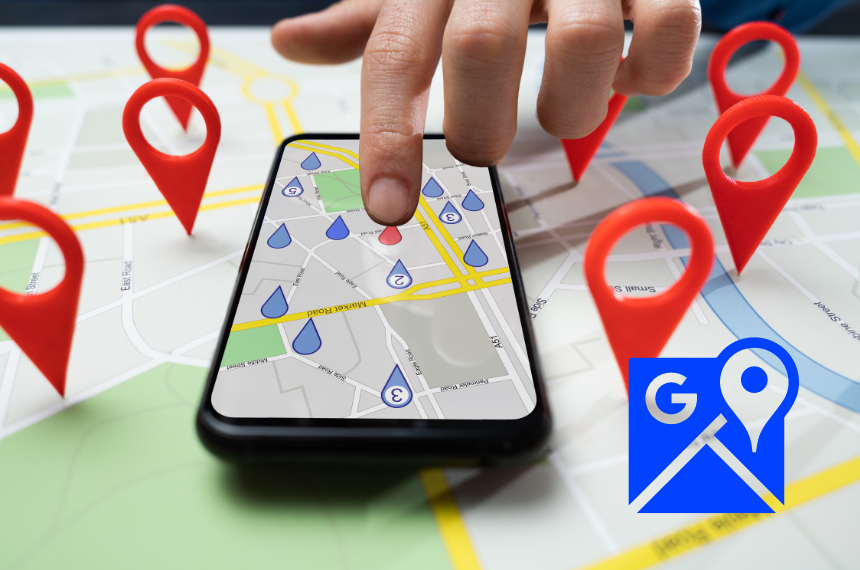In the dynamic world of digital marketing, optimizing your Google Business Page is a crucial step for local businesses aiming to increase visibility and attract more customers. Google My Business (GMB) is a free tool that allows businesses to manage their online presence across Google, including Search and Maps. By carefully selecting and optimizing for the proper categories, businesses can significantly improve their local search rankings. Here’s a comprehensive guide on how to go about optimizing for categories on your Google Business Page.
Understanding Google Business Categories
Google Business Categories allow you to classify your business based on the services or products you offer. This classification helps Google understand what your business does and match your business with relevant searches. Since users often search for categories of services rather than specific business names, selecting the right categories is essential for appearing in these searches.
How to Optimize for Categories in Google Local
- Start With Your Primary Category Selection: Your primary category should be the most accurate representation of your core business. This is the most crucial category because it directly influences your Google local search ranking.
- Utilize Secondary Categories: Select relevant secondary categories after setting your primary category. These should support your primary category and cover other services or products you offer.
- Conduct a Competitor Analysis: Look at what categories your successful competitors are using. This can give you insights into what might work well for your business.
- Keep Your Categories Updated: As your business evolves, so should your categories. Regularly review and update your categories to reflect any new services or products. Also, keep in mind that Google is constantly updating and expanding its categories, so making it a habit to review what categories are available is of utmost importance.
- Use Specific Categories: The more specific your categories, the less competition you’ll face. For example, “Italian Restaurant” is preferable to just “Restaurant” if it accurately describes your business.
- Avoid Category Stacking: While adding as many categories as possible might be tempting, this can dilute your relevancy. Stick to categories that truly represent your business.
- Optimize Your Business Description: Use your business description to complement your category choices. Mention the services or products related to your categories to reinforce your business’s relevance to those searches.
- Manage Your Reviews: Encourage satisfied customers to mention specific services or products in their reviews, reflecting your chosen categories.
- Monitor Performance: Use Google My Business Insights to monitor how well your category choices are working. Look at how customers are finding you and adjust your categories as needed.
Great job! Now you’re all done!
Optimizing your Google Business Page categories is a powerful strategy to enhance your visibility in local searches. By carefully selecting and refining your categories, and ensuring your business information is comprehensive and up-to-date, you can significantly improve your chances of connecting with potential customers. Remember, digital marketing is an ever-evolving field, and staying on top of changes in Google’s algorithms and features is key to maintaining your competitive edge.
